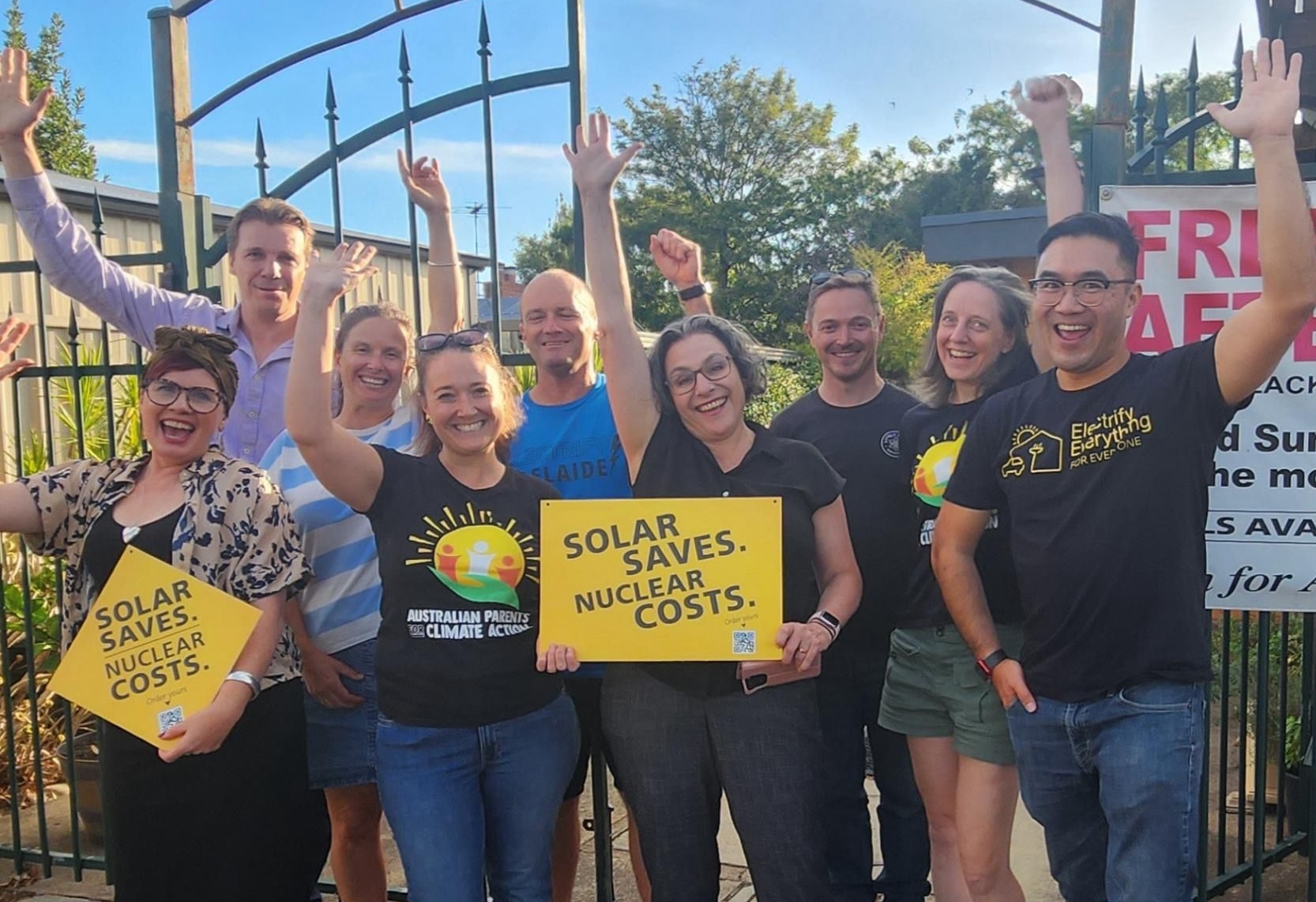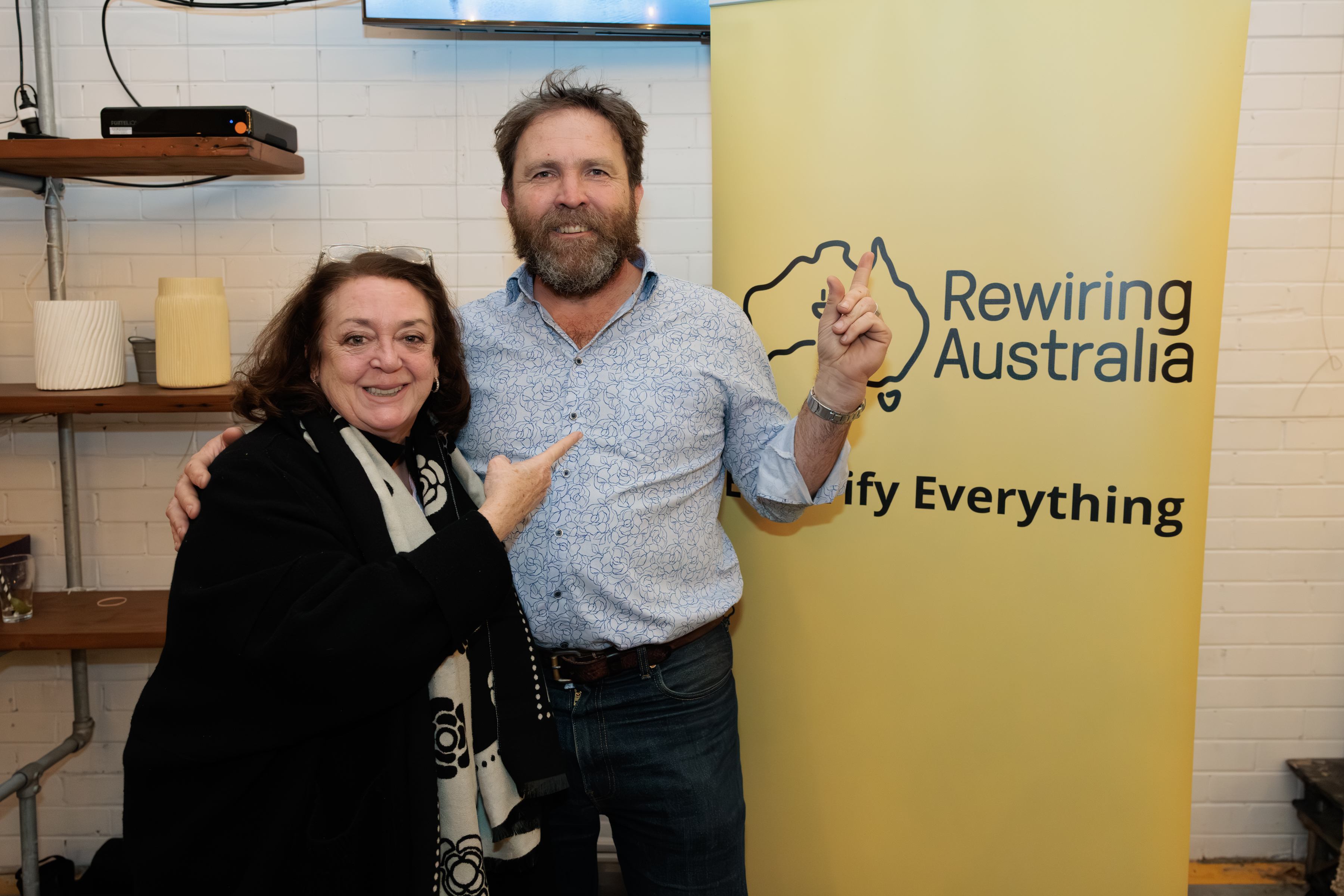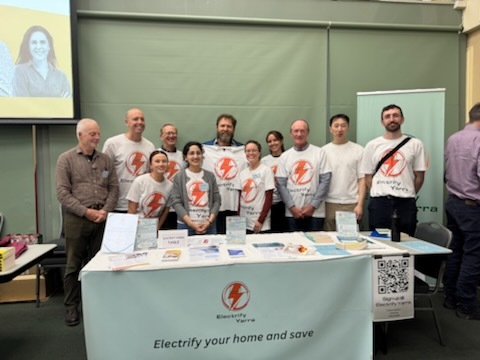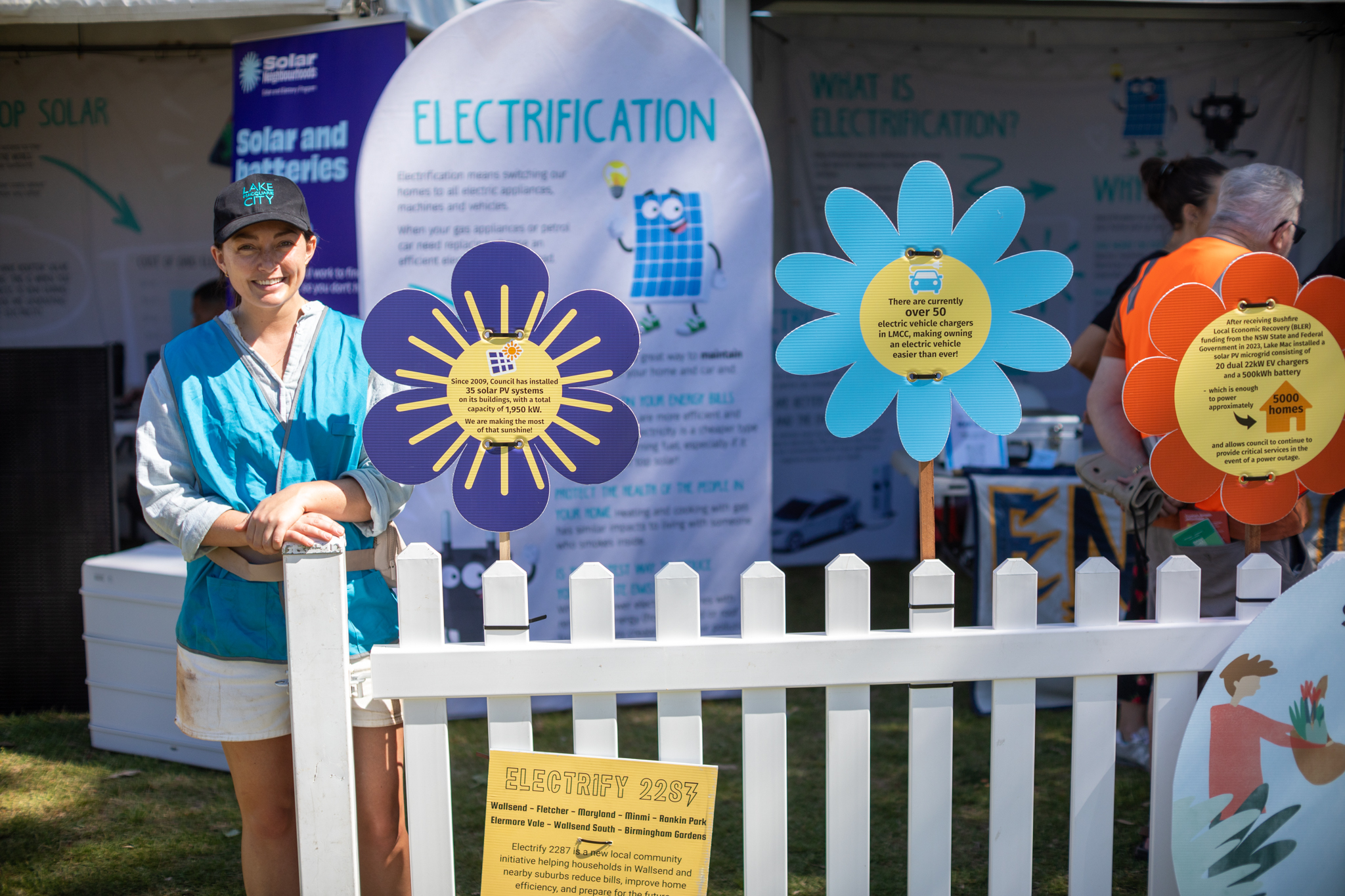By implementing retrospective tariffs to solar owners without additional market improvements unfairly frames solar as the problem rather than the solution to our energy transition. These changes are retrospective changes that penalise households for making investments in good faith.
Last week the Australian Energy Regulator made the latest in a series of rolling of approvals for new pricing structures for electricity distributors. NSW, ACT, NSW and VIC will slowly roll them out over the next year or so. The changes will affect solar properties and how they are charged or incentivised to export excess solar to the grid.
The electricity market was designed last century around big dirty generators (think coal-fired power stations and lots of pollution). The energy regulators have not kept up with the rise of rooftop solar this century. They are still imposing outdated rules and technical standards which perversely turns rooftop solar from being purely an asset to the energy system to a cause of some short-term problems. The energy regulators should have delivered an electricity market that incentivises maximum rooftop solar - for lower bills and zero emissions - and sets technical standards for ‘smart’ solar systems, to help manage this generation on the grid. Instead, millions of ‘dumb’ solar systems were installed, which solar experts warned would become a problem as they aren’t responsive to what’s happening on the grid. Now the energy regulators are applying band-aid market solutions to retrospectively modernise the market.
The two-way rooftop solar tariffs essentially mean solar owners will have a threshold on the amount of solar they can export to the grid for free between 10am to 3pm. When the grid is too “full” they will have to pay for the free electricity they export. There will also be a 'reward' for those who can export their solar between 4-9pm. This is not very helpful because solar doesn’t generate when the sun goes down (who knew?!) and is essentially limited to those who own batteries or EVs with bidirectional charging capability (currently only possible in South Australia). The exact amount of charges will depend on your energy retailer.
The solar revolution has been a remarkable success story in our efforts to get off polluting fossil fuels. Over 3 million households have installed rooftop solar, which now supplies 11% of Australia's total energy needs and has seen the wholesale price of electricity dramatically fall during the daytime, helping all consumers. By implementing retrospective tariffs to solar owners without additional market improvements unfairly frames solar as the problem rather than the solution to our energy transition. These changes are retrospective changes that penalise households for making investments in good faith.
In addition to tariff changes, holistic changes must be made to our entire energy system that prioritises the role that households will play as critical energy infrastructure. We need to see more planning done that acknowledges and encourages the positive role home storage solutions (batteries and EVs) will play in stabilising our grid and reducing our fossil fuel reliance.
It is true, though, that the more we can shift our energy consumption to the middle of the day to match solar production, the better. So set timers on your hot water systems, dishwasher, washing machine and dryer and charge your EV during the daytime to soak up excess solar.
But the burden shouldn't fall on householders alone. Investment in network batteries, dynamic solar export limits, subsidies for home batteries, bidirectional EV charging and an energy market that puts households first are all essential if we are to do this transition efficiently, rapidly and equitably.

.jpg)



%20(1).jpg)


